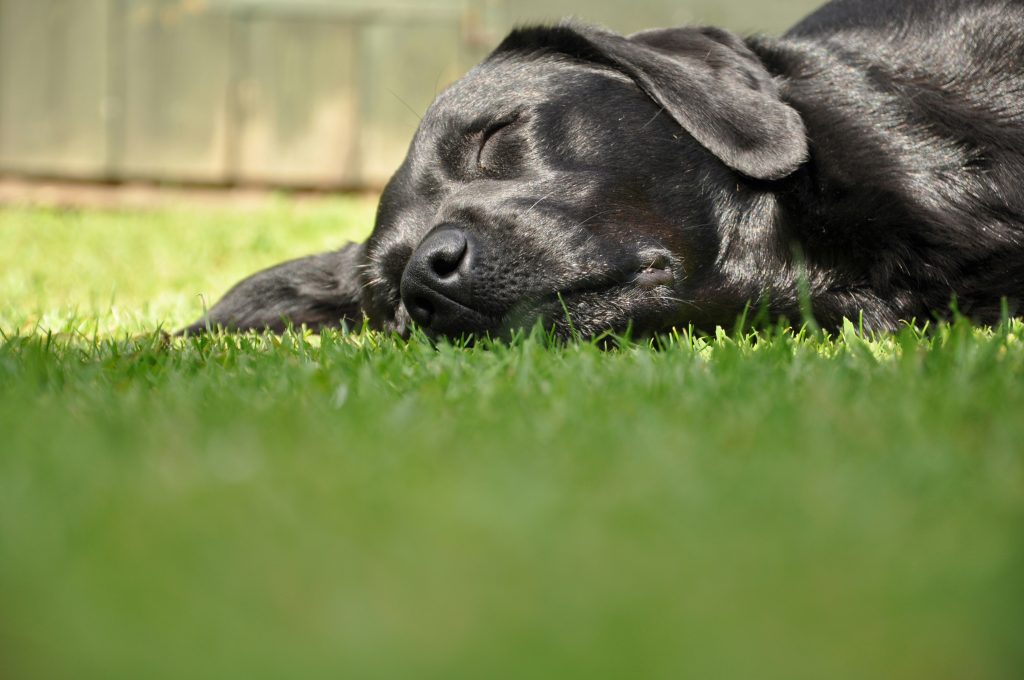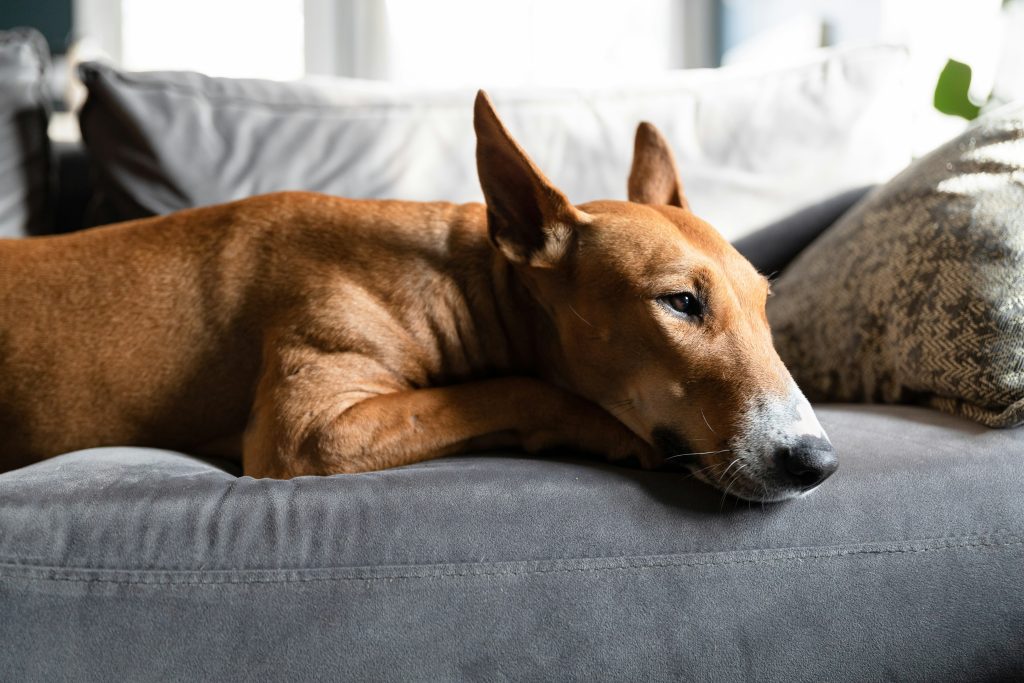Just like people, dogs need a safe, peaceful place to relax and recharge. If your dog struggles with anxiety, fear, or overstimulation, a calming home environment can make a world of difference.
Dogs are highly sensitive to their surroundings. From noise and lighting to the presence of strangers or other pets, many environmental factors can either soothe or stress them. By intentionally creating a calm space in your home, you can provide your pup with a much-needed retreat to unwind and feel secure.
Let’s explore how to create a calming home sanctuary for your dog—one that supports emotional balance and makes your furry friend feel truly at peace.

🏡 Why a Calm Space Matters for Dogs
A dedicated calm space gives your dog:
- A sense of control and predictability
- A break from stimulation (noise, people, kids, etc.)
- A safe zone during storms, fireworks, or other scary events
- A place to rest and self-soothe
Many anxious or high-energy dogs benefit greatly from having their own space to retreat to when things feel overwhelming.
📍 Step 1: Choose the Right Location
Look for a quiet, low-traffic area of your home. Avoid busy spots like kitchens, living rooms, or doorways.
Good options include:
- A corner of your bedroom
- A guest room
- A sectioned-off area of a larger room
- An unused office space or closet with ventilation
It’s not about size—it’s about peaceful energy. Even a small nook can be transformed into a calming den.
🛏️ Step 2: Make It Cozy and Comfortable
This space should be your dog’s version of a cozy retreat. Include:
- A soft dog bed or crate with blankets
- Favorite toys or chews
- A water bowl within reach
- A dim nightlight if your dog prefers some visibility
- Soundproofing with rugs or curtains if the space is near outside noise
Bonus: Add calming music, like classical or reggae, which research shows can help dogs relax.
🎧 Step 3: Use Calming Tools
To enhance the space, consider:
- Aromatherapy diffusers with dog-safe essential oils like lavender or chamomile
- White noise machines to mask unsettling sounds
- Weighted blankets for dogs that enjoy deep pressure comfort
- Pheromone diffusers (like Adaptil) that mimic a mother dog’s calming scent
These additions help signal to your dog that this area is a “chill zone.”
🚫 Step 4: Set Boundaries for the Space
Help your dog recognize this area as a place to relax—not play or socialize. Encourage calm behavior here and avoid allowing loud interactions, roughhousing, or feeding in this space.
If you have children or guests over, teach them that your dog’s area is off-limits. Respecting your dog’s space is key to making it feel safe and secure.

🧠 Step 5: Train Your Dog to Use the Space
Not all dogs naturally gravitate toward a designated zone, so gentle encouragement helps.
Try these tips:
- Use treats or a favorite toy to guide them into the space
- Spend quiet time there with them—read or work nearby
- Practice “go to your bed” cues
- Reward calm behavior in the space with praise or a soft voice
Eventually, your dog will associate the area with safety and calm.
💡 Bonus Tips for a Peaceful Home Environment
- Stick to routines. Dogs thrive on predictability.
- Limit chaotic stimuli. Reduce sudden loud sounds (TVs, vacuums, etc.).
- Keep visitors low-energy. Ask guests to greet your dog gently or not at all.
- Offer breaks. If your home is bustling, make sure your dog gets alone time to reset.
🐾 When to Use the Calm Space
- During thunderstorms, fireworks, or loud construction
- When guests come over
- When your dog seems overstimulated or agitated
- Before bedtime or after exercise to wind down
- After training sessions or vet visits

❤️ Final Thoughts
Your dog’s calm space is more than a physical corner—it’s a refuge. In a world full of noise and unpredictability, dogs need a safe haven where they can retreat, regulate, and restore their emotional balance.
Whether it’s a plush bed in a spare room or a crate draped with a blanket, creating a calming space tells your dog: This is your safe spot. You’re okay here.
Small changes at home can make a big difference in your dog’s emotional well-being. 🐶🕊️
